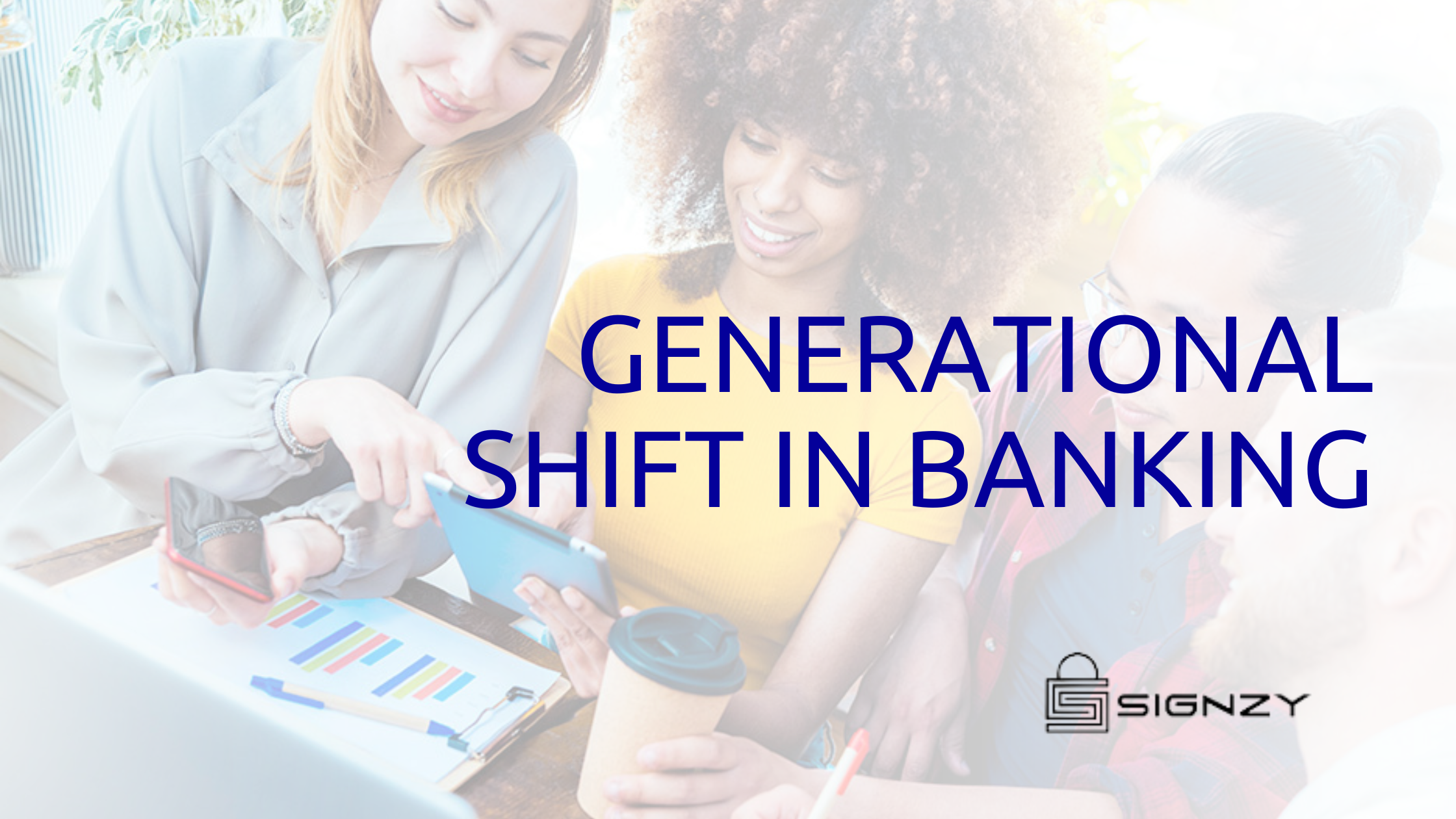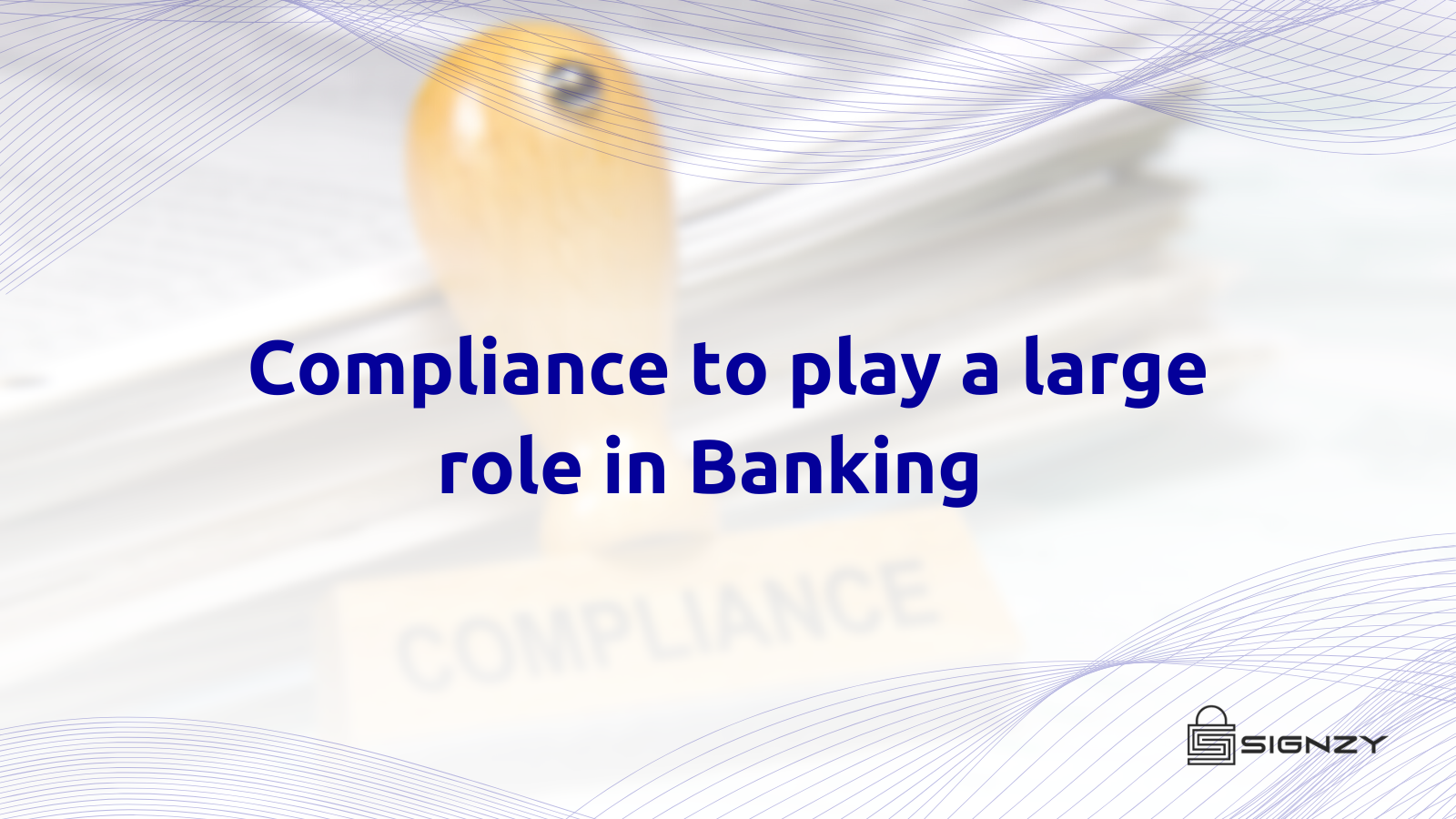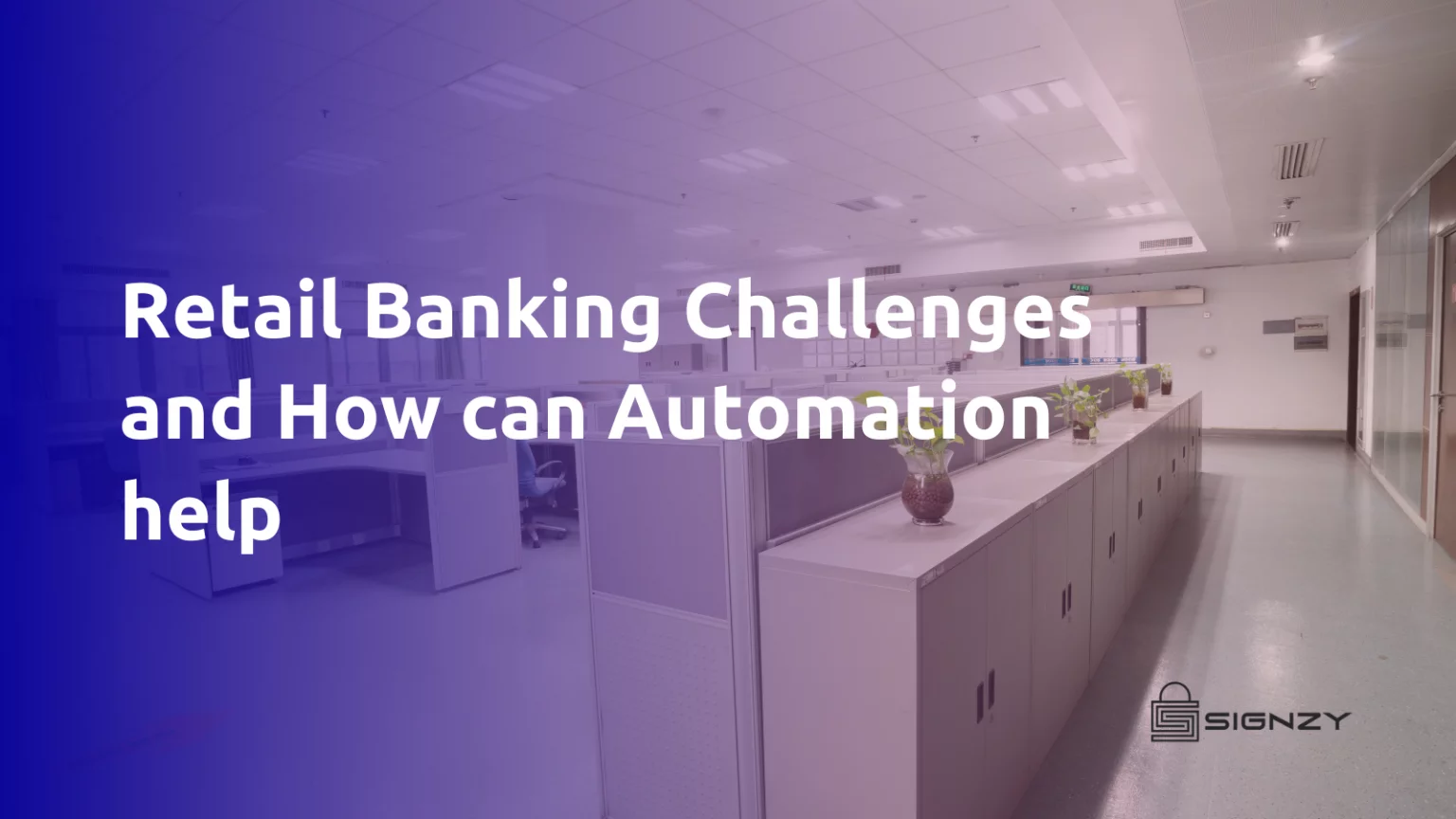In the world of banking, there’s a new kid on the block: Generation Z. While the industry has been adapting to millennial customers for some time now, Gen Z brings a whole new set of challenges and opportunities that banks can’t afford to ignore. But it’s not just about catering to younger generations – older customers also have unique needs and preferences that must be considered. In this blog post, we’ll explore the generational gap in banking and how it’s affecting the industry.
What is the generational gap in banking?
The generational gap in banking refers to the differences in attitudes, behaviors, and expectations of different age groups regarding financial services. Each generation has unique values and experiences shaping their money management approach.
For example, Baby Boomers tend to prioritize stability and security over risk-taking. They may prefer traditional banking methods and are likelier to value personal relationships with bankers.
On the other hand, younger generations like Millennials and Gen Z are more inclined towards technology-driven solutions. They expect seamless digital experiences that allow them easy access to their finances on the go.
The rise of social media also plays a significant role in shaping these generational differences. Younger customers increasingly rely on peer reviews before deciding where they bank or invest.
Banks must recognize these diverging attitudes to cater effectively to all age groups. The key is finding a balance between high-tech offerings for younger customers while not alienating older ones who still value human interaction above all else.
How has the generational gap in banking affected banks?
The generational gap in banking has had a significant impact on the way banks operate today. With three distinct generations – Gen Z, Millennials, and Gen X – each having different preferences and expectations regarding banking services, banks must adapt their strategies to meet the diverse needs of these groups.
One major effect of this gap is that traditional brick-and-mortar banks are losing relevance among younger consumers who prefer digital experiences. This means that banks need to invest more heavily in technology to stay competitive.
Another consequence is an increased focus on digital identity verification and know-your-customer (KYC) processes. Banks need to be able to verify customers’ identities quickly and securely, particularly as younger generations become increasingly adept at fraud prevention measures.
Age verification systems have become critical for financial institutions looking to appeal to younger customers while adhering to regulatory requirements. By implementing robust age verification protocols, banks can ensure compliance with legal obligations and protection against underage account opening or usage.
The generational gap in banking presents challenges for traditional financial institutions seeking to remain relevant in an ever-changing industry. However, understanding the unique needs of different customer segments, developing innovative technologies, and implementing effective KYC/AML protocols tailored to young people’s lifestyles will help them succeed going forward.
Gen Z versus Millenials versus Gen X
There’s no denying that different generations have unique perspectives on banking. Gen Z, Millennials, and Gen X have different attitudes toward money management and financial institutions.
Gen Z, born between 1997 and 2012, are digital natives who expect convenience and instant gratification. They prefer online banking over visiting a physical branch and demand mobile apps with seamless user experience. This generation is also more open to alternative forms of payment, such as cryptocurrencies.
Millennials, born between 1981-1996, are known for valuing transparency in their banking services. They want to understand the fees associated with their accounts and often prioritize socially responsible investments. However, they may struggle with debt from student loans or credit cards.
Gen X represents those born between 1965-1980 who grew up without technology but adapted quickly after its introduction. They value stability in their bank accounts and stick with traditional banks rather than fintech startups.
Understanding the differences between these three generations can help banks tailor their services accordingly to serve each group’s needs better. From digital identity verification systems for Gen Z customers to offering debt counseling programs for Millennials struggling with student loans – each generation presents unique challenges that require tailored solutions from banks.
Conclusion
The generational gap in banking is a complex issue requiring banks’ careful consideration and attention. As digital natives like Gen Z continue to enter the workforce and demand more personalized digital experiences, it’s clear that traditional banks must adapt to stay relevant.
By implementing age verification systems and utilizing customer data to personalize their offerings, banks can bridge the generational divide and meet the needs of all customers – regardless of age.
Ultimately, by embracing change and staying on top of emerging technologies, banks can remain competitive in an ever-evolving landscape while providing exceptional service to customers across all generations.
About Signzy
Signzy is a market-leading platform redefining the speed, accuracy, and experience of how financial institutions are onboarding customers and businesses – using the digital medium. The company’s award-winning no-code GO platform delivers seamless, end-to-end, and multi-channel onboarding journeys while offering customizable workflows. In addition, it gives these players access to an aggregated marketplace of 240+ bespoke APIs that can be easily added to any workflow with simple widgets.
Signzy is enabling ten million+ end customer and business onboarding every month at a success rate of 99% while reducing the speed to market from 6 months to 3-4 weeks. It works with over 240+ FIs globally, including the 4 largest banks in India, a Top 3 acquiring Bank in the US, and has a robust global partnership with Mastercard and Microsoft. The company’s product team is based out of Bengaluru and has a strong presence in Mumbai, New York, and Dubai.
Visit www.signzy.com for more information about us.
You can reach out to our team at reachout@signzy.com.








